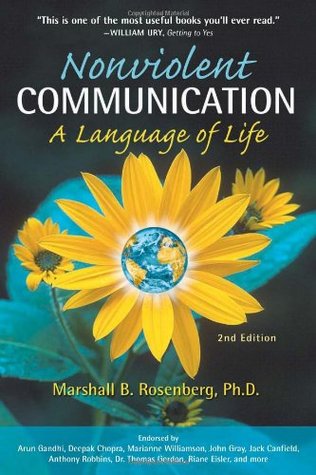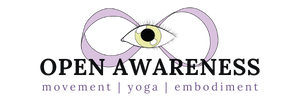
15 Aug Observation without Evaluation
Nonjudgmental Awareness
Nonjudgmental awareness, noticing what you notice without calling it good or bad, right or wrong, helpful or hurtful.
For example: three of my neighbors are using powered lawn equipment at eight in the morning. There’s a prop airplane overhead. I’m experiencing irritation. I’m breathing.
As opposed to: my annoying neighbors always use their loud lawn mowers at the crack of dawn and I can’t believe the gall of these hobbyist pilots going on joy rides over my house all day. I don’t know why I even try to get a moment of peace in the morning, it’s impossible.
Obviously…
In this high contrast example it’s pretty clear one of these thought trains has less fuel for the flame of irritated emotion. The former acknowledges what’s happening in a neutral way, including the emotion. The latter is swimming in judgments: name calling the neighbors (“annoying”), exaggerations (“always” and “crack of dawn” and “all day”), character criticisms (the presumed gall of the pilots and their joy rides), and generalizations (“it’s impossible”).
When I was little we called this kind of rant working yourself up into a tizzy. When I was older we called it getting your panties in a knot. No matter what you call it, it seems to be an extra expenditure of energy that could lead to a shorter fuse throughout the day. Fully acknowledging the irony here, I think the nonjudgmental observation is better.
Is being nonjudgmental even possible?
The whole idea of judgment and nonjudgment has been confusing to me over the years, in part because in order to survive with healthy boundaries we have to utilize judgment all the time. Do I want to spend time with the person I tend to feel bad around? No. Coming to that conclusion requires judgment. Knowing you owe someone an apology generally means you’ve judged your own behavior to be subpar in some way. It’s important.
Judgment isn’t a bad thing. It’s just that sometimes using judgment, or expressing it, gets in the way.
Enter: Nonviolent Communication
This is all on my mind because I’ve been reading the late Marshall B. Rosenberg’s classic book Nonviolent Communication. I recommend it, although at times its hokey and other times it’s dated. By dated I mean multiple examples in the book come off as racist to me. That being said, I don’t think the author or his ideas are racist, and I think the process of nonviolent communication is brilliant. The first step in the process is observation without evaluation.
Observation without Evaluation
That gets right to the point for me. It’s saying nonjudgment but it’s saying it in a way that makes more intuitive sense to my brain. I can detangle observation from evaluation. The observation is that my neighbors are mowing at eight AM. The evaluation is that eight AM is too early.
He goes on to clarify. Nonviolent communication doesn’t ask you to never evaluate, it asks you to clearly separate your observations from your evaluations.
Why? For the goal of communicating in a way that’s least likely to cause defensiveness on the part of your listener and most likely to result in both of your needs being met.
If your observation is jumbled up with evaluation, the facts may be lost in a sea of “judgment, criticism, and other forms of analysis.”
You know when someone gets their opinion confused with fact, or states the facts along with their opinions all in one confusing run-on sentence? It’s a handy form of manipulation, for one, and probably at times unintentional. I think the observation/evaluation enmeshment is part of this communication problem.
It takes practice to figure it out for yourself. What is an observation and what is an evaluation?
Try it out
Maybe today you could play a little grammar-style game with yourself. Evaluate the way you express yourself before you send the email or say the thing. Which part of what you’re saying is an observation and which is an evaluation? Can you leave out the evaluation and still get the job done? If so, why not give it a try?
You can also use this handy tool when you’re exercising or doing your practice. Instead of “it’s my bad shoulder and it hurts” you might wind up with “when I lift my arm out to a T I get a pinch in the front of my right shoulder cap,” which might lead you into a more productive exploration of your felt sense of self.
